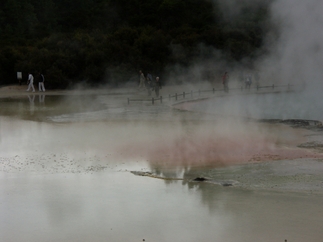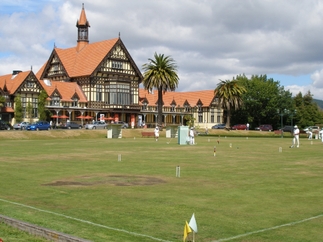
Our first stop was the Rotarua Museum. The structure was built in the early 1800s as a mecca for rich English who came for hot mud baths to relieve the aches of arthritis. The builder installed bath tubs and an elaborate pumping system to move the mud into the tubs.
The museum also had an exhibit of Maori culture in the early 1800s. The guide told us the early 19th century Maoris set up exhibits of their culture and charged tourists handsomely -- if you were English and traveling to New Zealand in the early 19th century, you clearly had money to spend.
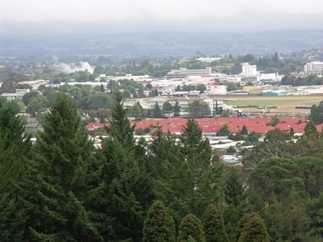
The New Zealand guide who described the early Maori entrepreneurship efforts said with a smile and without apparent irony that the Maoris had learned to soak the English. We found the present day New Zealanders had also did a pretty good job of soaking the tourists.
This picture of Rotorua was taken from the top floor of the museum.
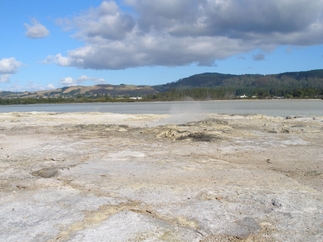
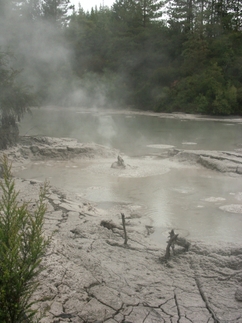

On the second afternoon, we visited the "Agrodome", which was home to an exhibit on all of the different kinds of sheep in New Zealand. I had not previously known that there were different types of sheep for milking, for meat, and for shearing.
These are real life sheep, with a sheep dog literally riding herd. After the sheep were all lined up (they were introduced one by one), there was a sheep sheering demonstrataion. Then we all went outside and watched the sheep dog rounded up the just sheered sheep and the sheered sheep from the previous two days.
Honoring their heritage, the Agrodome owners charged $20 (US) for admission to the show.
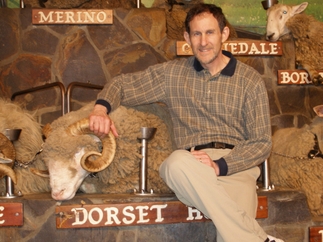
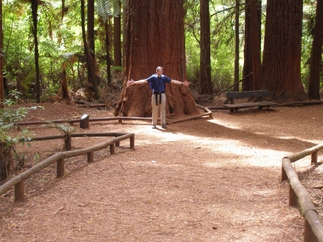
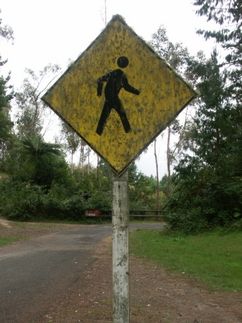

A few days later, we left Rotorua for Taupo. On the way, we stopped at the Waiotapu "Thermal Wonderland", a Department of Conservation park. We had heard about the geyser there and wanted to see it.
This is a DOC ranger explaining that he's going to put organic soap into the geyser behind him on the left. The soap will cause the hot water and cold water below the geyser to mix.
Ready...
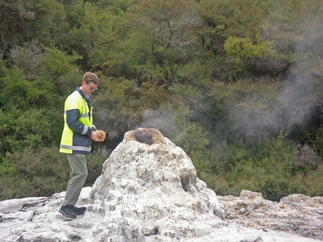
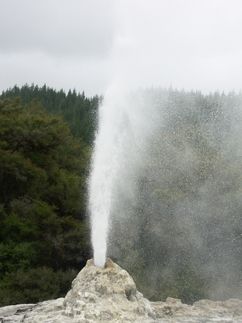
Go!
We had heard before we went that the geyser went up every morning at 10:15, and we couldn't understand how it could be timed so precisely. Having a ranger add soap to set it off answered that question.

There was walk through the thermal pools and (yet more) mud baths in Waiotapu. Ths is the champagne pool, so called because of the color (from the minerals) and the bubbling water.
Its surface temperature is 74ºC (165ºF).
